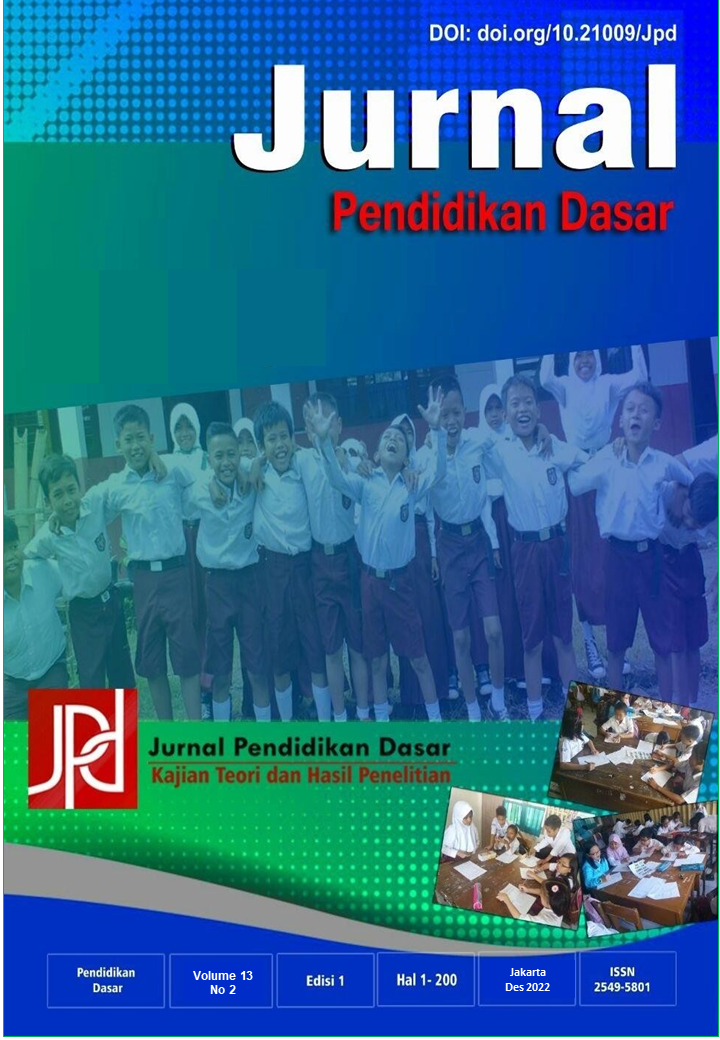INITIAL INSTRUMENT SCIENCE ELEMENTARY SCHOOL STEM-BASED ON ECOSYSTEM MATERIALS FOR PHASE C STUDENTS
DOI:
https://doi.org/10.21009/jpd.v13i2.34719Keywords:
Initial instruments, STEM -based Natural Sciences, Ecosystems, Elementary School.Abstract
The availability of initial instruments in the independent curriculum in elementary schools is still rare. The purpose of this study is to develop Stem -based elementary science questions in student ecosystem phase C, in terms of finding out the characteristics and quality of STEM -based elementary science questions. This research is a research and development with the ADDIE model. The object of this research is class V and VI students with a total of 136 students with 63 male students and 73 female students, through a comfortable sampling. Instrument validation uses the analysis of the Index Aiken and Rasch models. Data collection methods through observation and questionnaires. Data analysis is carried out with expert validation and empirical validation. The results of expert validation the item developed meets valid criteria with a range of 0.78 s.d. 0.82 which shows high levels. The results of the Rasch model analysis show that all items developed have high reliability with Alpha Cronbach 0.70 (high). The problem developed also meets the conformity criteria with the rasch model that is seen in the results of MNSQ clothing in the analysis of orders that are not in accordance with the range of +0.67 s.d. +1,26. The results of the reliability item 0.69 while the people who are reliby are 0.27. Overall it proves that the stem -based elementary science instrument on the student ecosystem of phase C is developing quality.
Downloads
Published
How to Cite
Issue
Section
License

This work is licensed under a Creative Commons Attribution 4.0 International License.
Jurnal Pendidikan Dasar





















